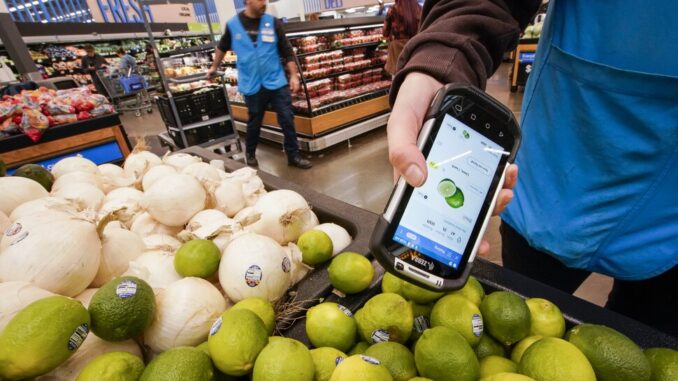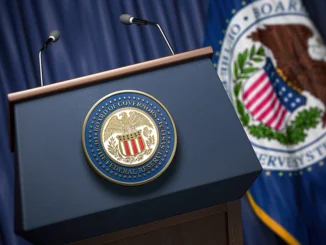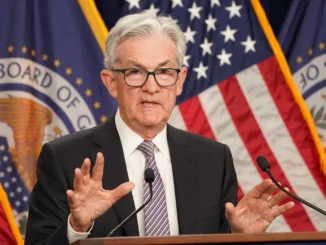
The Federal Reserve’s favored inflation measure rose 0.1% in March, a slower pace than in February and matching expectations, the Bureau of Economic Analysis reported on Friday.
The core personal consumption expenditures price index that excludes often volatile food and energy costs, increased by 0.3%, unchanged from February and in line with forecasts.
On an annual basis, the PCE fell to 4.2% from 5.1% while the core index improved slightly to 4.6% from 4.7% a month earlier.
Both are consistent with an overall slowing of inflation as the Federal Reserve’s monetary tightening takes hold and the economy slows.
The report is the last major piece of the economic data puzzle before the Fed meets next week to consider raising interest rates. Markets have decided the central bank will increase rates by 25 basis points then take a rest to assess the effect they are having on inflation and the economy. Rate cuts are priced in for later this year but that is not the official Fed forecast.
Observers will be watching the statement issued by the Fed along with the rate hike to see if there are any hints on future rate moves. Fed Chairman Jerome Powell’s press conference following the announcement on Wednesday will also be closely parsed.
“So the hike is certain, but the statement is not, and that’s where the action will be, along with the press conference, which should be a doozy given the potential shift in policy,” said Dan North, senior economist at credit insurer Allianz Trade North America. “We are hopeful that the Fed will suggest that it is considering a pause.”
On Thursday, the government reported that first quarter gross domestic product grew at a meager 1.1% following the 2.6% rate posted in the fourth quarter. Although some expressed concern about the slowdown in growth, much of it came from companies getting rid of their inventories. Consumer spending remained strong.
“The consumer continued to be the driver of the US economy, with consumer spending increasing by 3.7% in the first quarter, the strongest increase since 2Q21,” said Raymond James Chief Economist Eugenio Aleman. “This increase can be seen in both goods and services, led by motor vehicles and parts, as well as health care, and food services and accommodations.”
Aleman added: ”Inventories were down significantly in the first quarter, but similar to what happened in 2021, they could become a positive contributor when businesses start rebuilding them in the future.”
Source: www.usnews.com
ENB
Sandstone Group



